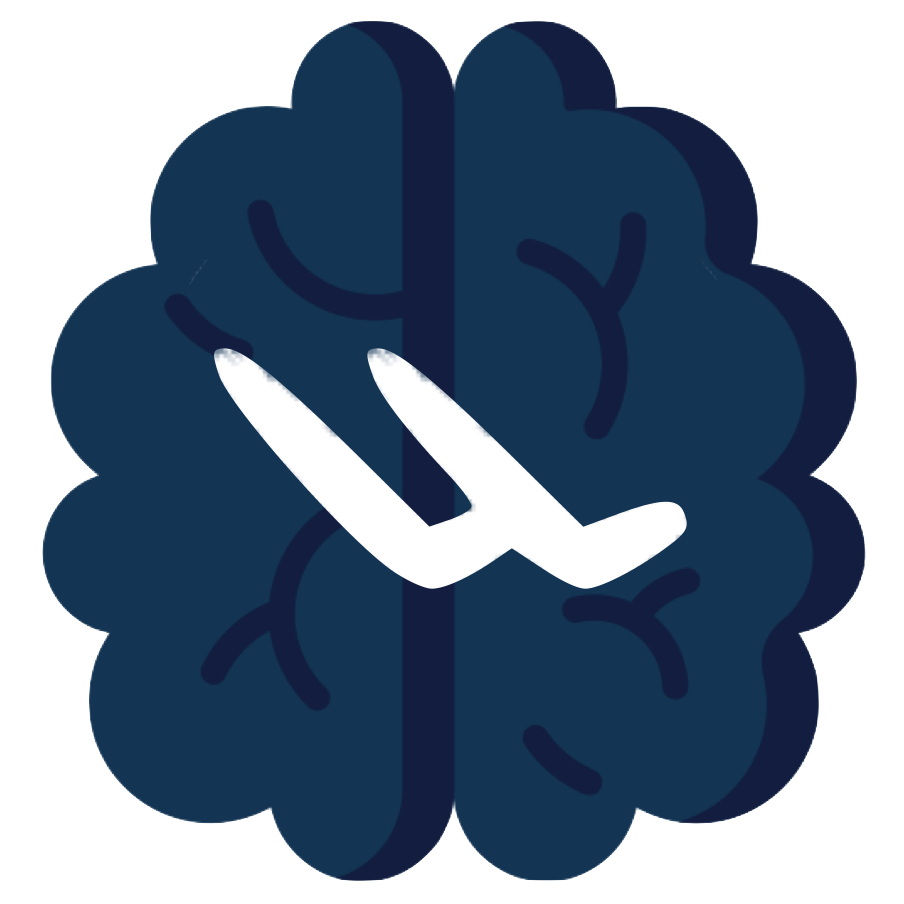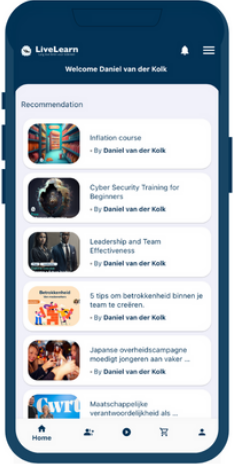
Artikel
16
januari
How Generative AI Is Enhancing Employee Training and Development
In today’s fast-paced corporate world, effective employee training has become the bedrock of success. Recent statistics reveal a telling trend: More than two-thirds of workers in 2023 rank training and development as an essential offering from their organizations. Career advancement and personal skills development is particularly relevant in an environment where employee turnover is high and the challenge of retention looms large. If workers don’t feel fulfilled, or their journey of continuous improvement comes to a halt, they’re likely to start shopping around for new opportunities. In one survey, nearly 4 in 10 employees cite career advancement and learning opportunities as key factors in their decision to stay with a company. These figures highlight a growing awareness among employees about the value of ongoing learning and professional development in their careers.
But what does that development look like? Training and development has evolved from a bureaucratic box-ticking exercise to something much more nuanced and skills focused. It’s no longer just about meeting standard requirements or compliance objectives; it’s about genuinely enriching the employee experience. This is where generative AI and natural language processing (NLP) come into play. These technologies aren’t just vehicles for profit or customer-focused service optimization; they are catalysts for internal growth, capable of creating training programs that are highly personalized, engaging, relevant, and seamlessly integrated into the working day. By integrating these technologies, training professionals can offer programs that resonate with employees on a personal level, fostering a culture of learning that aligns with their aspirations, as well as the company’s goals. This approach marks a significant step forward in how we think about and implement employee training, making it a key driver of both personal and organizational success.
The Power of Conversational AI
For training specialists, managers, and directors, the emergence of conversational AI, particularly NLP, marks a significant leap forward. NLP, a technology that enables machines to understand and respond to human language, is revolutionizing the way training programs are designed and delivered. Imagine a training environment where AI tools can analyze language, grasp context, and even sense the sentiment behind words. This capability opens up a world where training is not just about imparting knowledge but about understanding and responding to the unique learning preferences of each employee. In this way, AI-powered training removes the linear model of training to one that is truly engaging and dynamic.
For instance, a chatbot powered by NLP can simulate real-world scenarios, enabling employees to practice skills in a safe yet realistic setting. These AI-driven programs can adapt in real time, offering feedback and guidance that is specifically tailored to an individual’s performance and progress. This level of customization was once beyond reach in the training sector, but with the advent and democratization of conversational AI, it’s rapidly becoming a tangible reality. By harnessing these technologies, training professionals can offer more than just education; they provide a dynamic learning journey that evolves with the learner.
Individualized Learning
AI’s ability to analyze employee feedback and optimize training materials also is transforming the way training programs are designed and delivered. By harnessing AI, trainers now can delve into the nuances of employee feedback, uncovering specific needs and preferences. This deep analysis enables the creation of training modules that are finely tuned to individual learning preferences, ensuring that each session is not just informative but also highly relevant and engaging for every team member. With the right learning management system (LMS) in place, these modules can be delivered in a fluid and dynamic way, even integrated with apps and tools to provide on-the-job learning. Instead of taking part in a static three-hour workshop on how to use a given piece of software, employees instead can learn while they work, relying on AI to recognize and remedy specific gaps in their knowledge. Those with more advanced knowledge will need less help, while those new to a specific tool may need more of a guiding hand. AI will recognize this and adapt its delivery of learning materials accordingly, minimizing downtime and maximizing productivity in a way that satisfies, rather than frustrates, employees.
For managers and directors, AI’s role in training extends beyond mere analysis; it revolutionizes how training outcomes are achieved. Imagine an AI system that can detect when an employee is struggling with a concept and instantly provide tailored resources or alternative learning methods. This responsive approach ensures that all employees, regardless of their learning pace, receive the support they need to thrive. AI becomes more than a tool; it emerges as a dynamic ally in building a culture of continuous learning and development. This approach empowers every individual in the organization to reach their full potential, aligning personal growth with the company’s overarching goals.
In-Role Learning and Development
We’ve touched on how generative AI is setting a new standard for on-the-job training, offering a seamless, integrated learning experience that aligns with the daily tasks and challenges employees face. This integration is particularly beneficial for training leaders who are tasked with ensuring that learning is not just theoretical but also practical and applicable. How can a training manager know if a manual training seminar has been successful? Without time-intensive examinations or mistakes being made “in the field,” they can’t. AI-powered learning management systems provide a solution to this, offering real-time, modular training that adapts to the workflow of each employee. For instance, an AI system embedded within a work application can detect when an employee encounters a challenge and immediately offer a targeted tutorial or helpful tips. This approach transforms every task into a learning opportunity, ensuring that training is not an isolated event—such as a seminar or online workshop—but a continuous, supplementary part of the workday.
For managers and directors, the benefits are almost too numerous to list. It allows for the creation of a learning environment that is both flexible and contextually relevant. Employees can learn and apply new skills in real time, directly within their work context, which not only enhances learning retention but also immediately impacts their productivity, job performance, and their sense of personal fulfillment. This method of training is particularly effective in today’s fast-paced work environments, where taking time out for traditional training sessions can be challenging. By embedding learning into the daily workflow, AI ensures that professional development is consistent, ongoing, and closely aligned with the actual needs and challenges employees face in their roles.
Building Resilience and Fostering a Growth Culture
The application of AI in employee training transcends efficiency and productivity. It’s about enriching the training experience, making it more than just a process—it becomes a journey of growth and discovery. For training professionals, this means leveraging AI not only as a tool for delivering content but as a means to create deeper, more meaningful learning experiences. AI’s ability to provide insights into employee learning patterns and preferences enables trainers to craft programs that are not just educational but also inspiring and motivational. This shift from static learning to dynamic learning pathways is crucial in an era where employee engagement and satisfaction are as important as the skills they acquire.
What's your reaction ?
Follow us on Social Media
Some Categories

 Inloggen
Inloggen
 Registreren
Registreren







Comments (0)
No reviews found
Add Comment